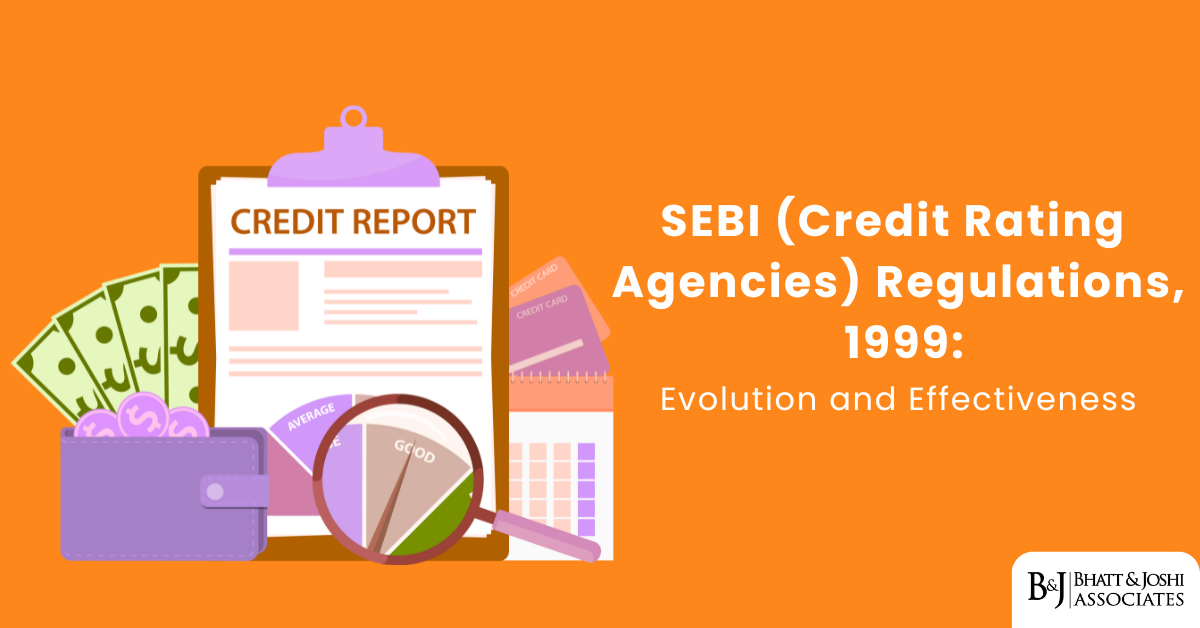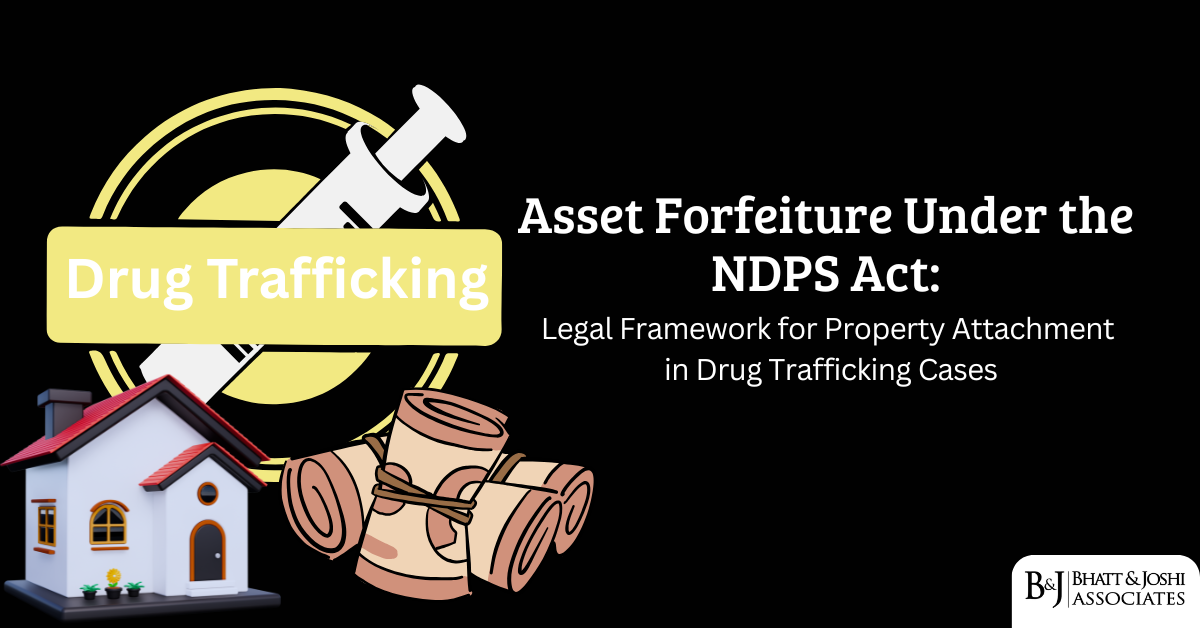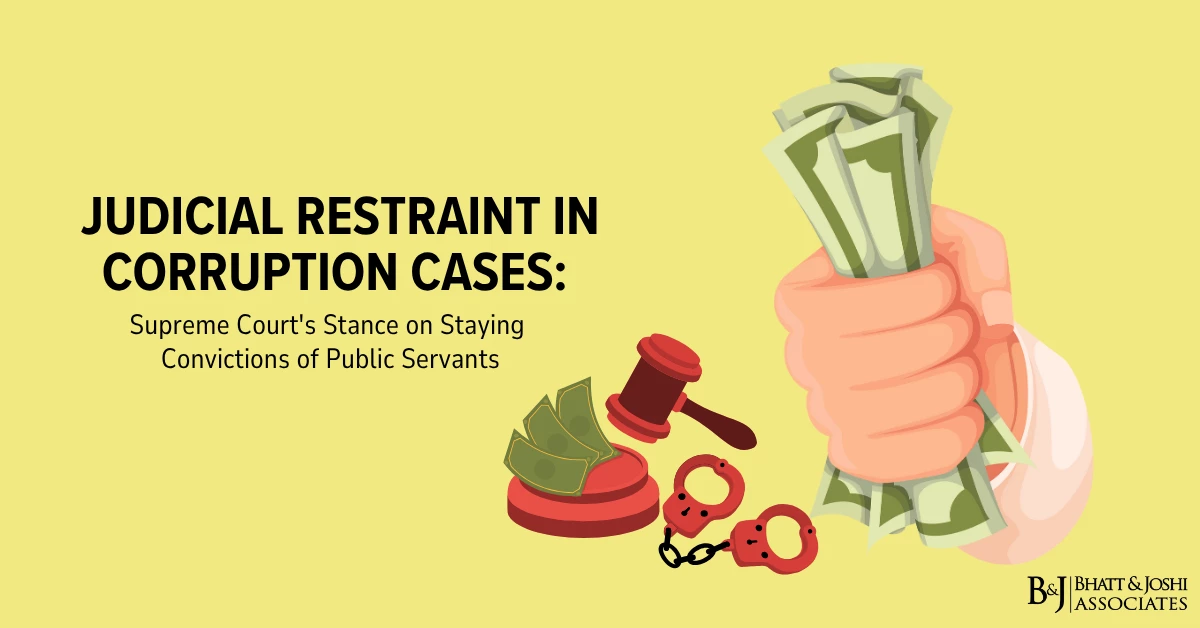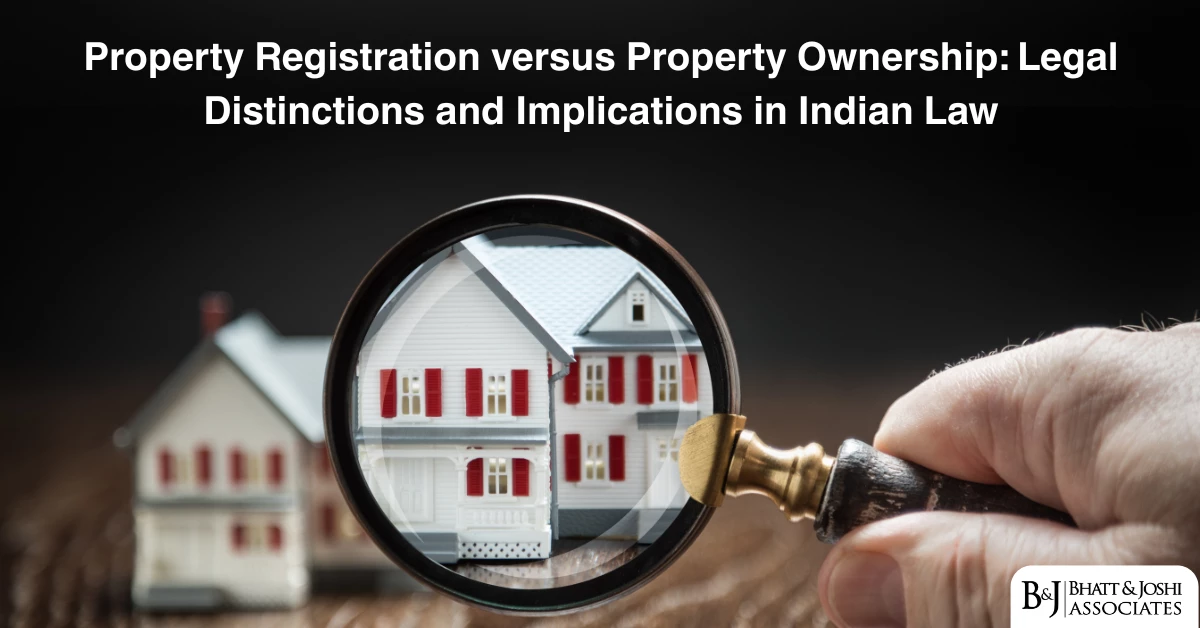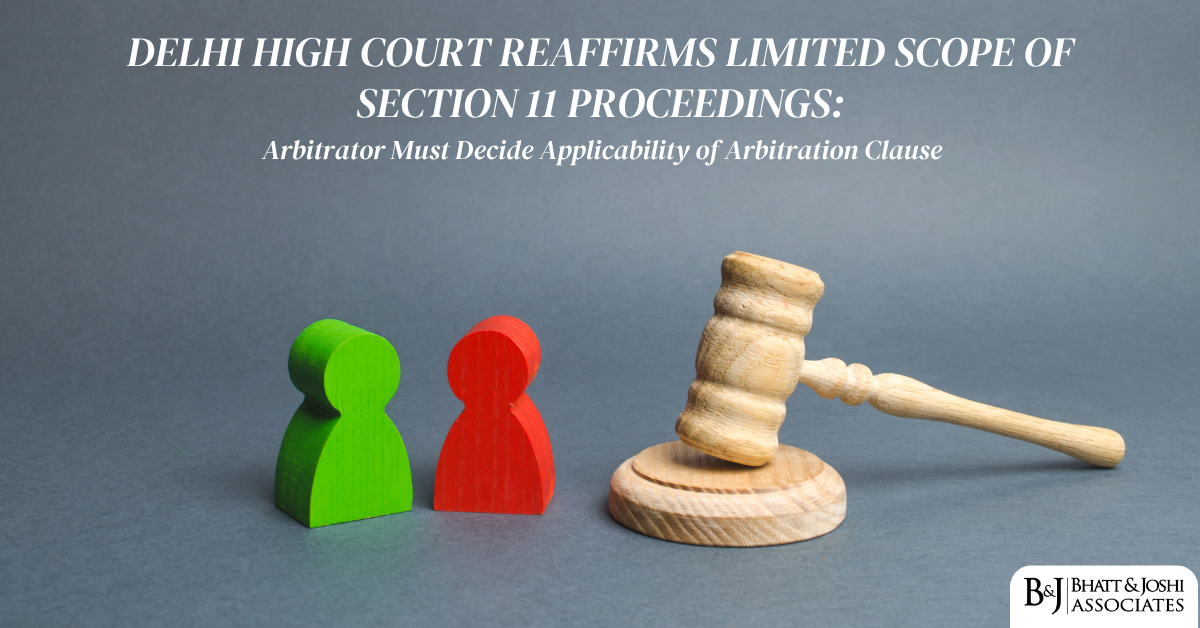Introduction
The Securities and Exchange Board of India (SEBI) enacted the Credit Rating Agencies (CRA) Regulations in 1999 to establish a comprehensive regulatory framework for credit rating agencies operating in India’s capital markets. These regulations emerged in response to the growing significance of credit ratings in investment decisions and the need to ensure that rating processes were conducted with integrity, objectivity, and professional competence. Over the past two decades, these regulations have evolved considerably, shaped by market developments, financial crises, and lessons learned from regulatory failures both domestically and globally.
Historical and Legislative Framework of SEBI Credit Rating Regulations
The SEBI (Credit Rating Agencies) Regulations, 1999, were promulgated under Section 30 read with Section 11 of the SEBI Act, 1992. These regulations replaced the earlier SEBI (Credit Rating Agencies) Rules, 1999, which had been notified under Section 29 of the SEBI Act. This transition from rules to regulations reflected SEBI’s intention to establish a more robust and flexible regulatory framework that could adapt to changing market dynamics.
The timing of these regulations was significant, coming shortly after India’s economic liberalization and the Asian financial crisis of 1997-98, which highlighted the importance of reliable credit assessments in maintaining financial stability. The regulations sought to balance the need for market-based assessments with regulatory oversight to prevent conflicts of interest and ensure rating quality.
Registration and Eligibility Requirements for Credit Rating Agencies under SEBI
Chapter II: Registration Framework
Chapter II of the regulations establishes the registration requirements for credit rating agencies. Regulation 3 states:
“No person shall carry on the activity of a credit rating agency unless he has obtained a certificate of registration from the Board in accordance with these regulations:
Provided that a person carrying on, on the date of commencement of these regulations, the activity of a credit rating agency may continue to do so for a period of three months from such commencement or, if he has made an application for such registration within the said period of three months, till the disposal of such application.”
The application process involves detailed scrutiny to ensure that only qualified entities receive registration. Regulation 4 stipulates the information requirements, which include:
- Corporate structure details
- Infrastructure capabilities
- Rating experience and methodology
- Proposed operational structure
- Financial resources and capital adequacy
Eligibility Criteria
Regulation 6 outlines the eligibility criteria that SEBI considers when granting registration. These include:
- The applicant must be a company incorporated under the Companies Act
- The applicant must have a minimum net worth of ₹5 crore
- Rating activity must be the main object of the applicant company
- The applicant must be professionally competent with adequate qualified personnel
- The promoters must meet “fit and proper person” criteria
Additionally, Regulation 9 addresses independence concerns by imposing restrictions on shareholding:
“No credit rating agency shall, directly or indirectly, rate securities issued by its promoters, sponsors, subsidiaries, group companies or entities directly controlled by its promoters. Similarly, subsidiaries or group companies of credit rating agencies shall not be permitted to get themselves registered as credit rating agencies with SEBI.”
This provision aims to prevent potential conflicts of interest that could compromise rating integrity.
Operational Framework and Obligations for Credit Rating Agencies
Chapter III: General Obligations
Chapter III establishes comprehensive operational requirements. Regulation 13 requires CRAs to enter into written agreements with clients, specifying:
“Every credit rating agency shall enter into a written agreement with each client whose securities it proposes to rate, and every such agreement shall include: (a) the rights and liabilities of each party in respect of the rating of securities; (b) the fee to be charged by the credit rating agency; (c) the periodicity of review of rating; (d) the sharing and usage of information; and (e) any other terms and conditions relevant to the rating of securities.”
Rating Process and Methodology Disclosure
Regulation 14 requires transparent rating processes:
“Every credit rating agency shall: (a) specify the rating process; (b) have professional rating committees, comprising members who are adequately qualified and knowledgeable to assign a rating; (c) adopt a proper rating system; (d) maintain records in support of each rating decision; (e) have specific policies for dealing with conflicts of interest; (f) disclose its rating methodology to clients, users and the public; (g) monitor ratings during the lifetime of the rated securities; and (h) promptly disseminate information regarding any material change in earlier ratings.”
This comprehensive framework aims to ensure that ratings are not mere opinions but the product of systematic, defensible analytical processes.
Restrictions on Rating
Regulation 15 imposes significant operational restrictions:
“No credit rating agency shall rate a security issued by a borrower or a client: (a) if the credit rating agency, directly or indirectly, has any ownership interest in the borrower or the client; (b) if any director or officer of the credit rating agency is also a director or officer of the borrower or the client; (c) if any employee involved in the rating process has any personal or business relationship with the borrower or the client; or (d) if the rating committee chair has any relationship that could create a conflict of interest with the borrower or client.”
These provisions create a strong barrier against conflicts of interest that could compromise rating integrity.
Code of Conduct
Schedule III contains a detailed code of conduct for CRAs. Key provisions include:
- Maintaining high standards of integrity and fairness
- Exercising due diligence in rating activities
- Ensuring professional competence of analytical staff
- Maintaining confidentiality of client information
- Avoiding conflicts of interest
- Communicating ratings promptly and transparently
- Cooperating with regulatory authorities
Section 2 of the Code specifically states:
“A credit rating agency shall make all efforts to protect the interests of investors. A credit rating agency, in discharging its obligations, shall observe high standards of integrity and fairness in all its dealings with its clients and other credit rating agencies, and in performing its functions.”
Amendments and Evolution of SEBI Credit Rating Agencies Regulations
The CRA Regulations have undergone significant amendments, particularly after the 2008 global financial crisis, which highlighted rating failures internationally. Key amendments include:
2010 Amendment
This introduced enhanced disclosure requirements, including:
- Rating outlooks along with ratings
- Historical performance of ratings
- Default studies and transition analyses
2012 Amendment
This focused on governance improvements:
- Enhanced rating committee independence
- Mandatory rotation of rating analysts
- Stricter controls on non-rating services
2018 Amendment
Following the IL&FS default crisis, this amendment introduced:
- Enhanced monitoring requirements
- Disclosure of liquidity factors in ratings
- Probability of default benchmarks
- Detailed disclosure of rating criteria
2021 Amendment
The most recent major amendment addressed developing issues:
- Provisions for ratings of structured obligations
- Enhanced governance requirements for CRAs
- Specific disclosure requirements for group entities
- Procedural standardization for ratings
Landmark Judicial Interpretations on Credit Rating Agencies
ICRA v. SEBI (2018)
This SAT appeal addressed fundamental questions about rating methodology standards. ICRA had challenged SEBI’s order regarding alleged failures in rating certain debt instruments. The SAT judgment established:
“While credit rating agencies exercise professional judgment that inherently involves subjective elements, this does not exempt them from regulatory accountability. A rating methodology must be: (a) systematic and structured; (b) consistently applied; (c) based on reasonable consideration of all relevant factors; and (d) supported by adequate documentation.
The exercise of professional judgment must occur within this framework, not as a substitute for it.”
The tribunal importantly clarified that while regulators should not substitute their judgment for that of rating professionals, they can examine whether ratings were assigned following proper methodological processes.
CARE Ratings v. SEBI (2019)
Following the IL&FS default crisis, this SAT appeal established standards for timely rating actions. The tribunal held:
“The obligation to monitor ratings under Regulation 14(g) is not merely procedural but substantive. It requires rating agencies to be proactive in identifying material changes that might affect creditworthiness. When red flags appear, agencies must investigate promptly and consider whether rating action is warranted. Waiting for an actual default before downgrading a rating, despite clear warning signs, constitutes a regulatory failure.”
This judgment significantly strengthened the monitoring obligations of CRAs, shifting from a passive to an active monitoring approach.
Brickwork Ratings v. SEBI (2021)
This case addressed regulatory supervision of CRAs. The SAT judgment noted:
“SEBI’s supervisory authority over credit rating agencies extends beyond technical compliance with specific regulations to encompass the substance of rating processes. While SEBI cannot dictate specific ratings, it can examine whether: (a) the rating process adhered to disclosed methodologies; (b) material information was properly considered; (c) reasonable analytical rigor was applied; and (d) appropriate documentation was maintained to support rating decisions.
This oversight is essential to fulfill SEBI’s statutory mandate to protect investor interests.”
The judgment affirmed SEBI’s broad supervisory authority while recognizing limits on regulatory intervention in specific rating outcomes.
Challenges and Future of SEBI Credit Rating Agencies Regulations
The SEBI (Credit Rating Agencies) Regulations face several ongoing challenges:
Managing Conflicts of Interest
The issuer-pays model creates inherent conflicts that regulatory frameworks must address. Recent SEBI circulars have introduced measures including:
- Enhanced disclosures of fee arrangements
- Restrictions on non-rating services
- Strengthened governance structures
- Separation of rating and business development functions
Despite these measures, structural conflicts remain a challenge. Some jurisdictions have experimented with alternative models, including investor-pays systems or randomized assignment of rating agencies. SEBI has established a working group to explore such alternatives, though no fundamental shift has occurred yet.
Rating Quality and Accuracy
Ratings are expected to provide forward-looking assessments of creditworthiness, yet their track record in predicting defaults has been uneven. The IL&FS crisis, where AAA-rated instruments defaulted with minimal warning, highlighted these challenges. SEBI has responded by requiring:
- Publication of rating performance statistics
- Disclosure of one-year, two-year, and three-year cumulative default rates
- Enhanced sensitivity and stress testing in rating methodologies
- Standardized rating symbols across agencies
These measures aim to enhance both rating quality and investor understanding of rating limitations.
Digital Transformation and Analytics
The traditional rating process is being transformed by technological innovation, including:
- Big data analytics
- Artificial intelligence and machine learning models
- Alternative data sources for credit assessment
- Real-time monitoring capabilities
SEBI has recognized the need to adapt regulations to this changing landscape. A 2021 consultation paper proposed a framework for technology usage in ratings, emphasizing:
- Transparency about technological methods
- Validation requirements for algorithmic models
- Human oversight of technology-driven ratings
- Cybersecurity standards for rating platforms
These proposals reflect SEBI’s attempt to balance innovation with regulatory prudence.
Global Regulatory Convergence in Credit Rating Agency Regulations
India’s CRA regulations have increasingly aligned with international standards, particularly those established by the International Organization of Securities Commissions (IOSCO) and the Financial Stability Board (FSB). This convergence is evident in:
- Enhanced governance requirements aligned with IOSCO’s Code of Conduct Fundamentals
- Separation of rating and commercial functions as recommended by FSB
- Transparency measures consistent with global best practices
- Supervisory approaches that parallel those of leading jurisdictions
However, India has maintained certain distinctive regulatory features tailored to domestic market conditions, including:
- Higher capital requirements than many jurisdictions
- More prescriptive governance standards
- Detailed disclosure requirements for group entities
- Specific provisions for ratings of municipal and infrastructure debt
Conclusion
The SEBI (Credit Rating Agencies) Regulations, 1999, have evolved significantly over two decades in response to market developments and regulatory learning. From their origins as basic registration requirements, they have developed into a comprehensive framework addressing governance, methodology, conflicts of interest, and disclosure. The regulations reflect SEBI’s recognition that credit ratings serve a quasi-public function in capital markets, justifying substantial regulatory oversight.
Recent crises, particularly the IL&FS default, have tested this regulatory framework and prompted further refinements. While challenges remain, particularly regarding structural conflicts of interest and predictive accuracy, the regulatory architecture has demonstrated adaptability. The continuing integration of Indian standards with global best practices, while maintaining sensitivity to local market conditions, will likely shape the future evolution of India’s CRA regulations.
As financial markets grow more complex and interconnected, the role of credit rating agencies becomes increasingly critical. The regulatory framework established by SEBI must continue to evolve to ensure that ratings provide meaningful, timely, and accurate assessments that serve investor protection while supporting market development. The success of these regulations will ultimately be measured by their effectiveness in preventing rating failures while allowing for professional judgment and analytical innovation in an increasingly challenging financial landscape.
References
- Agarwal, S., & Mittal, R. (2021). Evolution of Credit Rating Agency Regulation in India: A Critical Analysis. Journal of Securities Law, 15(2), 87-103.
- CARE Ratings v. SEBI, Appeal No. 192 of 2019, Securities Appellate Tribunal (November 29, 2019).
- Chakrabarty, K. C. (2020). Regulatory Framework for Credit Rating Agencies in India: Lessons from the IL&FS Crisis. Reserve Bank of India Occasional Papers, 41(1), 56-78.
- ICRA v. SEBI, Appeal No. 378 of 2018, Securities Appellate Tribunal (August 13, 2018).
- Moody’s Investors Service. (2022). Rating Methodology: General Principles for Assessing Environmental, Social and Governance Risks. Moody’s Investors Service.
- Securities and Exchange Board of India. (1999). SEBI (Credit Rating Agencies) Regulations, 1999. Gazette of India, Part III, Section 4.
- Securities and Exchange Board of India. (2018). Circular on Strengthening the Guidelines and Raising Industry Standards for Credit Rating Agencies (CRAs). SEBI/HO/MIRSD/DOS3/CIR/P/2018/140.
- Securities and Exchange Board of India. (2021). Consultation Paper on Review of Regulatory Framework for Credit Rating Agencies. SEBI/HO/MIRSD/CRADT/CIR/P/2021/79.
- Shamsuddin, A., & Narayan, P. K. (2019). Rating Shopping and Rating Inflation: Empirical Evidence from India. International Review of Financial Analysis, 65, 101380.





